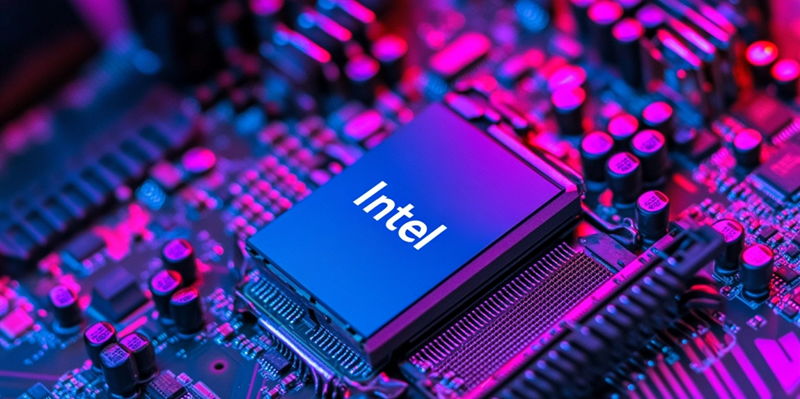Intel’s latest announcement has taken the tech world by storm, introducing a new lineup of Xeon 6 P-core CPUs, called Granite Rapids. This launch signifies a monumental leap for the chipmaker, especially with its flagship Xeon 6980P CPU featuring 128 cores and 256 threads. This puts Intel ahead of AMD’s Zen 4 "Genoa" CPUs, which top out at 96 cores. While the leap in core counts captures attention, it also comes at a notable price, as the Xeon 6980P is tagged at $17,800, making it approximately $6,000 more expensive than AMD’s highest-end Epyc Genoa CPU.
Intel’s Advanced Manufacturing Process and Pricing
Impact of the Intel 3 Process
Intel’s new Xeon 6 lineup is created using the advanced Intel 3 process, known previously as 5nm technology. This cutting-edge manufacturing process potentially contributes to the significant price surge seen across these new CPUs. Alongside its flagship model, the Xeon 6980P, Intel also announces other high-end offerings such as a 120-core version priced at $15,750, further showcasing its leadership in core count.
Interestingly, the high price points might remind industry observers of the steep pricing Intel approached in 2019 for its 28-core Xeon Scalable CPU. However, a key difference is memory support; the previous models from 2019 offered higher memory support compared to the current Xeon 6 CPUs. This historical context underlines Intel’s aggressive pricing strategies and reflects the balancing act between technological advancements and cost management. Thus, the Intel 3 process serves as both a technological milestone and a significant factor in the pricing strategy for the new Xeon 6 lineup.
Comparative Pricing with Previous Generations
The new pricing structure is noticeably higher than previous generations, such as Intel’s Xeon 5 "Emerald Rapids." For instance, 64-core CPUs in the Emerald Rapids lineup were more closely matched to AMD’s pricing at $12,400. This stark difference highlights Intel’s substantial price increase in its latest release.
One noteworthy exception in the Granite Rapids lineup is a 96-core CPU with a lower base clock speed of 2.1GHz, priced at $11,400. This model tackles AMD more directly on pricing, indicating Intel’s nuanced approach to market segmentation. By positioning itself across various performance and price points, Intel effectively targets a broader spectrum of data center customers. This strategic move underscores Intel’s intention to not just compete but also to dominate various market niches through its Xeon 6 CPUs.
Competitive Landscape and Future Expectations
AMD’s Current and Future Counteractions
Intel’s assertive pricing strategy presents a formidable challenge to AMD’s current offerings, laying the groundwork for a highly competitive environment. The core count comparison is particularly telling, as it underscores Intel’s significant advancements since AMD’s release of their latest server chips in late 2022.
With Intel’s current lead in core counts and process technology, industry watchers are eagerly anticipating AMD’s response. Attention now shifts to AMD’s upcoming Zen 5 "Epyc" Turin CPUs, expected to hit the market with core counts potentially matching or even exceeding Intel’s offerings. Some variants in AMD’s new lineup could boast up to 192 cores, promising a fiercer competition in the data center market.
Technological Advancements Drive Market Dynamics
Intel recently made headlines in the tech community with the launch of its new Granite Rapids series, featuring the Xeon 6 P-core CPUs. Among these, the flagship model, the Xeon 6980P, boasts a staggering 128 cores and 256 threads. This puts Intel ahead of AMD’s Zen 4 "Genoa" CPUs, which max out at 96 cores. The leap in core counts undoubtedly sets a new benchmark for performance and has given Intel a competitive edge in the current market. However, this advancement comes at a premium cost. The Xeon 6980P is priced at $17,800, making it about $6,000 more than AMD’s top-tier Epyc Genoa CPU. Despite the hefty price tag, the enhanced capabilities could justify the investment for enterprises needing high-performance computing power. Generally, such cutting-edge technology tends to command steep prices, and Intel’s latest offering is no exception. This development reflects Intel’s strategy to reclaim dominance in the CPU market, emphasizing superior performance to attract tech giants and high-end users.

